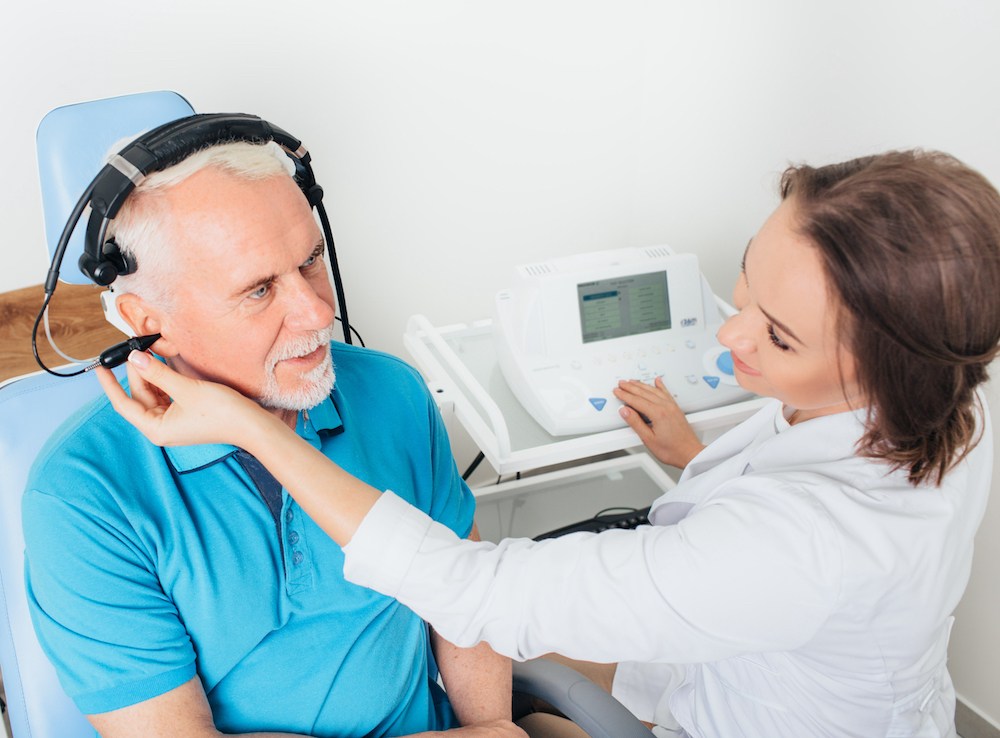Why Construction Workers Need Annual Hearing Tests
Working in construction often means spending long hours around loud


Working in construction often means spending long hours around loud

Hearing aids have evolved over the years, moving from bulky devices behind

When hearing becomes more difficult, it can sometimes change the way